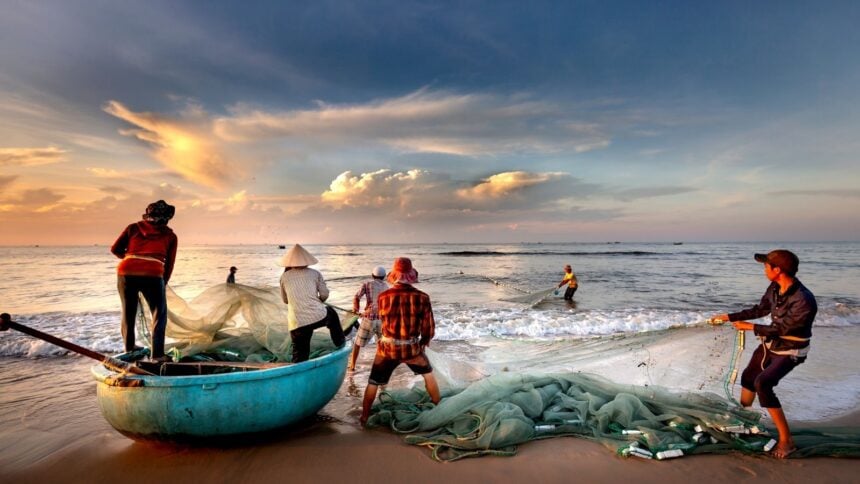Fisheries and Oceans Canada has extended a mitigation area in the South Gulf Islands through tonight, citing the need to limit disturbance and competition for prey as Southern Resident killer whales continue to move through key foraging waters.
The agency’s whale protection framework allows for time limited closures that switch on when whales are confirmed in the area, a protocol that runs through November 30 each year in the Southern Gulf Islands.
The extension means anglers and guides face another evening of restricted access where the presence-triggered closure is active.
The South Gulf Islands have become a focal point of Ottawa’s multi agency plan to rebuild the orca population by reducing underwater noise and easing pressure on chinook salmon.
DFO’s 2025 measures include seasonal Vessel Restricted Zones near Pender and Saturna Islands where boats, including fishing vessels, are generally prohibited, along with a voluntary 10 knot slowdown in nearby Tumbo Channel on the north side of Saturna Island.
Those seasonal restrictions remain in place through November 30 and operate alongside any short term mitigation extensions like the one in effect tonight.
Where the mitigation area is active, fishing for salmon pauses until the window closes, then resumes only when whales are no longer confirmed in the zone and conditions allow.
The protocol is designed to be nimble, which means fishery access can shift day to day in the fall shoulder season as orca presence changes.
Charter bookings and marina fuel sales can soften on short notice when presence based closures extend into evening periods.
Local processors and retailers see fewer dockside chinook from small fleets during these windows, although many adjust effort to nearby open areas or other species.
On the marine transport side, the Tumbo Channel voluntary speed reduction is a seasonal constant rather than a one night action, but the extension underscores persistent sensitivity around noise in narrow passages where commercial traffic, ferries, whale watching boats, and private craft converge.
DFO’s current suite of whale measures also includes minimum approach distances that are stricter across southern British Columbia than in other Canadian waters and a series of mapped zones at the Fraser River mouth and in Juan de Fuca Strait.
While these rules are seasonal and well sign posted, in-season mitigation remains the most dynamic piece for fishers in the Gulf Islands.
Tonight’s extension fits that pattern, adding a short extra buffer during an active migration period without altering the broader November 30 end date for the seasonal maps.
Market relevance is modest in the aggregate, but not negligible for tourism exposed pockets of the region. Guides that rely on chinook runs in October have already navigated a patchwork of access dates.
A few more hours of mitigation can shift weekend revenue, especially when weather is cooperative and demand is strong. Compliance remains high in part because the rules are clearly tied to whale presence.


















